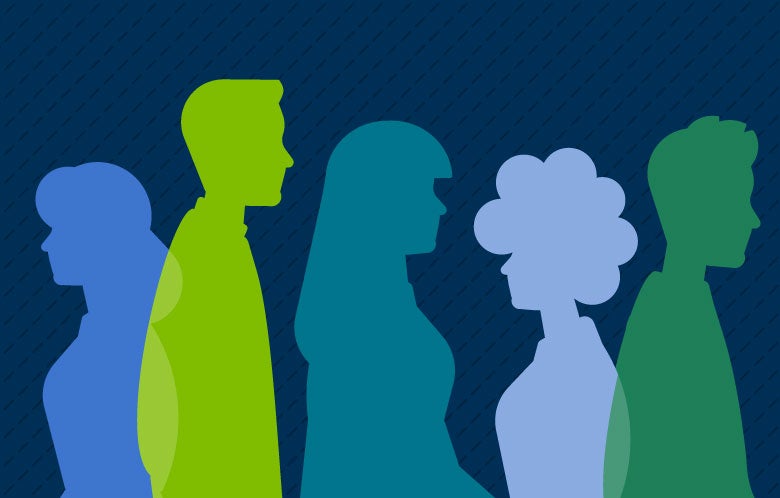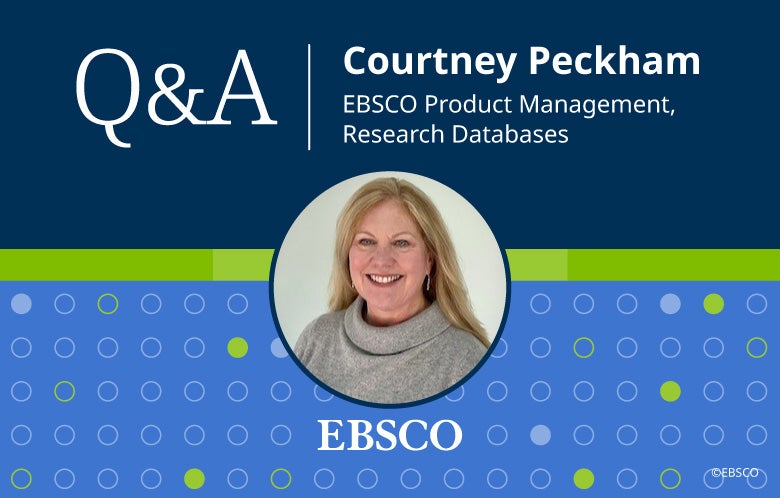In collaboration with EBSCO Information Services, Library Journal surveyed academic librarians and students at colleges across the United States to understand the importance of promoting diversity, equity and inclusion (DEI) in academic libraries and some of the challenges to do so.
Incorporating DEI initiatives into academic libraries involves making all library users feel welcome in an inclusive space and ensuring that the materials within the library collection reflect the community it serves. As one librarian who was interviewed stated, “We all want to feel understood and included. Libraries are known to be welcoming environments and a place for intellectual freedom. Having a diverse collection allows [users] to feel like the library is a safe place to be, and it brings more cultural awareness to the community as a whole.”
While the scope of the full white paper covers both the challenges and proposed solutions for implementing DEI practices in academic libraries, here are a few of the ideas you can put to use in your library.
1. Assemble a DEI committee. Having multiple, diverse voices at the table when crafting DEI policies and procedures increases the chances that stakeholders will agree and that policies will be fair and equitable for everyone.
2. Engage with the entire campus community. When librarians communicate the value of DEI initiatives to the whole community, from the president, provost and other campus leaders to students, faculty and staff, it helps keep everyone on the same page about the importance of diverse collection development.
3. Draft a collection development statement. A collection development statement is essential to establish guidelines for developing a collection of library resources that meet the needs of both users and the institution. It is important to gather input from library users when crafting the collection development statement.
We all want to feel understood and included. Libraries are known to be welcoming environments and a place for intellectual freedom. Having a diverse collection allows [users] to feel like the library is a safe place to be, and it brings more cultural awareness to the community as a whole.
We all want to feel understood and included. Libraries are known to be welcoming environments and a place for intellectual freedom. Having a diverse collection allows [users] to feel like the library is a safe place to be, and it brings more cultural awareness to the community as a whole.
4. Partner with campus organizations. Establishing connections with campus organizations that are serving the interests of diverse and marginalized groups can help inform library collections by uncovering the needs of various groups within the college community.
5. Use data to assess collections. Look at ILL borrowing requests, OPAC keyword search terms and WorldCat collection analysis data to see which topics are underrepresented in collections and adjust as needed. If your budget allows, engage an outside organization to conduct a diversity audit of your collection.
6. Promote diverse materials in many ways. Getting creative with tabletop or bulletin board displays, posters and easily accessible LibGuides are just a few ways to get the word out about your diverse collections. Social media channels are also an effective way to connect with students and let them know about the collection diversity.
7. Think beyond your collections. There are many opportunities to reflect diversity, equity and inclusion besides a library’s print and electronic resources. For example, consider the library’s physical spaces and digital platforms and whether these are welcoming and inclusive of all users.
8. Facilitate Conversations and Engagement. Consider conducting a Listening Tour to solicit direct feedback and hear the voices of the students and faculty. Gather feedback from the two groups separately and keep the process anonymous.
Download the complete white paper below to learn more about the ways in which academic librarians are implementing DEI initiatives in their libraries and hear from librarians about the challenges they face and discover which solutions are having a positive impact.



